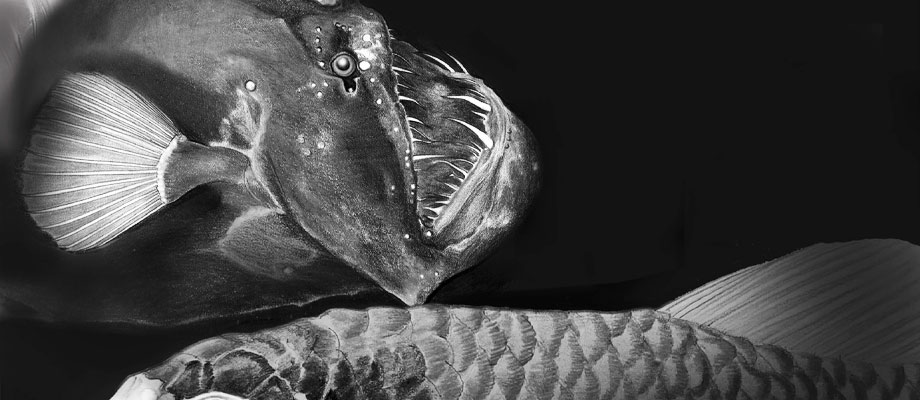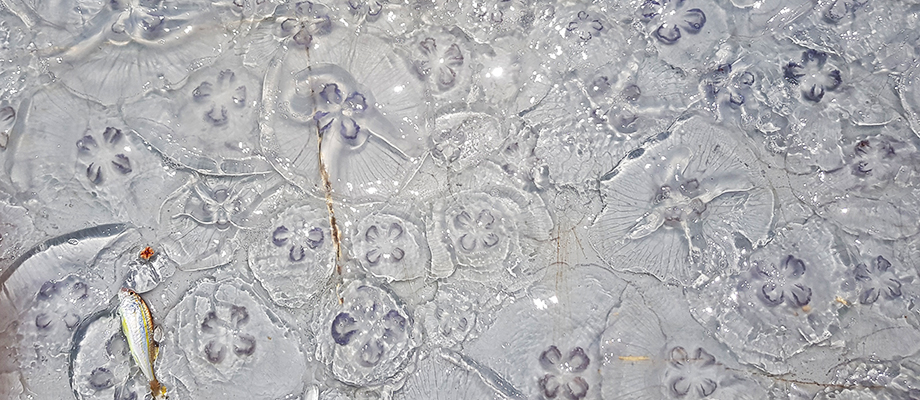06 October 2020

Within the pelagic zone – the ecological realm that includes the entire ocean water column – the mesopelagic zone is an intermediate ocean layer that extends between depths of 200 and 1 000 m below the ocean surface, and is one of the largest ecosystems on earth. Mesopelagic fish are...
24 September 2020

The EAF-Nansen Programme, funded by the Norwegian Agency for Development Cooperation (Norad) and executed by FAO with the scientific support of the Institute of Marine Research in Bergen, Norway (IMR), is pleased to announce a research opportunity for 10 graduate students, already admitted on a Master’s or a Ph.D. programme...
17 July 2020

Ghana, Benin, Liberia, Nigeria and Togo are among six CECAF member states to have run a stakeholder consultative workshop, aimed at analysing the challenges of an effective implementation of CECAF scientific advice into fisheries management at the national level. The workshops are part of a series of case studies conducted...
03 July 2020

When the COVID-19 pandemic hit in March, 21 scientists from Morocco, Mauritania, Senegal, the Gambia and Spain, in addition to the Norwegian scientific core team and crew were already partway through a voyage off the coast of northwest Africa. Unable to continue with its research voyage, the Dr Fridtjof Nansen...
02 July 2020

In the last decade, the implementation of the ecosystem approach to fisheries (EAF) through legal and policy instruments has been promoted by the Food and Agriculture Organization of the United Nations (FAO) in various activities, including the preparation of studies, tools and guides. One of the more recent tools is...
24 June 2020

Having existed for over 500 million years, jellyfish are amongst the oldest animals living on our planet today. More than a thousand different types can be found in the ocean, where they occur from the Arctic to the Antarctic, and from the sea surface to abyssal depths. Since many jellyfish,...
